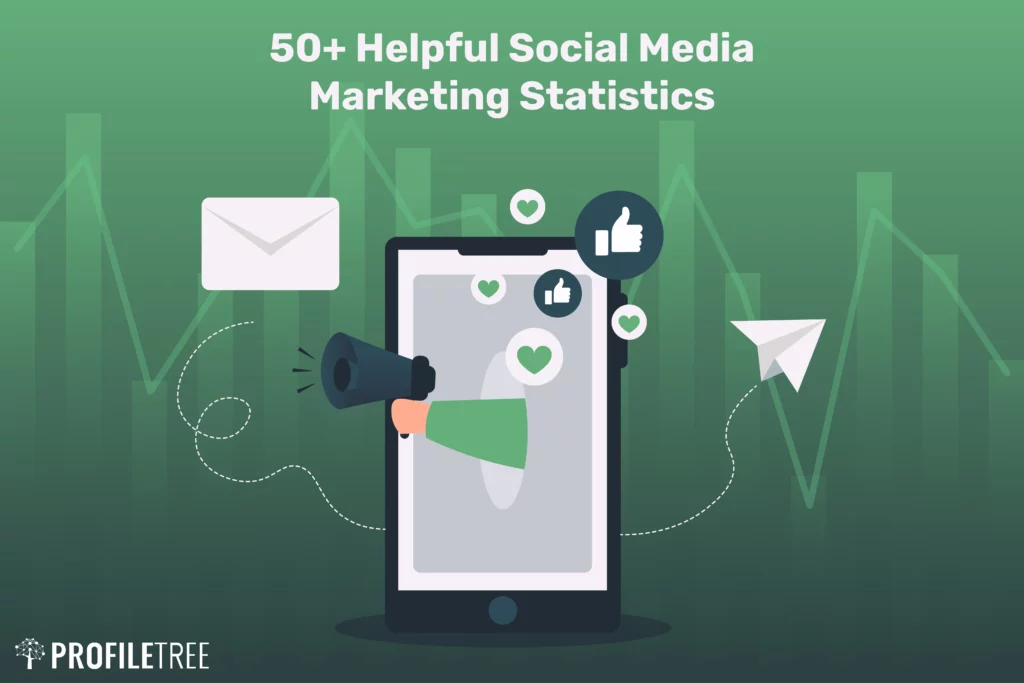In the rapidly evolving digital era, our world has undergone a sweeping transformation, catalysed by the emergence of social media as an influential and dominant platform. As it affects all aspects of our lives, one cannot deny the impact of social media on sports content. With the proliferation of various platforms, teams now have direct and instantaneous access to a global audience. They can connect directly with their fans, share behind-the-scenes insights, and build their brands in unprecedented ways.
This convergence has altered how athletes, teams, and fans interact and fundamentally reshaped the entire sports landscape. In the past, fans relied heavily on traditional media platforms like newspapers, television, and radio for sports news and analysis. However, fans can now access real-time updates, breaking news, and exclusive content directly from the source.
This dynamic interaction has given rise to a new form of fan culture, where social media acts as a catalyst for passionate exchanges, rivalries, and camaraderie among supporters. Let’s delve deeper into how the impact of social media on sports has been more significant than ever.
Table of Contents
The Impact of Social Media on Sports Content
Social media and sports content, like everything else, have become intertwined. The impact of social media on sports has been far-reaching, disrupting traditional modes of consumption and amplifying fan engagement.
Sports organisations and media outlets have adapted to this shift by embracing social media as a vital platform for content distribution. This allows them to reach a bigger audience and engage with fans in new and innovative ways.
Gone are the days when conventional media reigned supreme and held a monopoly over sports coverage. Social media has disrupted this landscape, enabling athletes, teams, and leagues to connect directly with their global fan bases. With a single click, fans can access real-time updates, highlights, and behind-the-scenes content and engage in meaningful conversations.
Statistics on Sports Content on Social Media and User Engagement
- Over 80% of sports fans follow their favourite teams and athletes on social media platforms.
- Social media platforms are used for over 50% of sports content consumption.
- Sports-related hashtags have seen a massive surge in popularity, with an average of 3.5 billion monthly interactions across various platforms.
- X/Twitter boasts over 200 million sports-related tweets during significant events.
- 90% of Instagram users follow sports-related accounts.
- Approximately 70% of fans use social media to watch sports highlights and replays.
- 75% of sports fans engage with sports content on social media more than once a week.
- 60% of social media users rely on these platforms as a primary source of breaking news for sports enthusiasts
- Sports video content on YouTube generates more than 10 billion views annually.
- The 2018 FIFA World Cup generated 115 billion impressions on social media.
- Social media influencers, both professional athletes and content creators, have gained prominence, with 84% of fans trusting their product recommendations.
- The average engagement rate for sports-related content on Instagram is 3.3%, surpassing other industries.
How Social Media Impacted Live Sports Events?

With their Live features, social media platforms such as Facebook and Instagram have revolutionised the broadcasting of sports content, offering unique opportunities to enhance the fan experience and reach a broader audience. Here are some ways these platforms contribute to the broadcasting of sports events:
Live Streaming
Instagram and Facebook now have Live features that allow sports organisations to broadcast events in real time, providing fans with the ability to watch the action as it happens. This feature has reigned supreme in today’s world, eliminated the need for traditional broadcasting networks, and enabled direct access to live sports content.
Global Accessibility
Social media platforms have a vast global user base, making it easier for sports events to reach fans across the world. Regardless of their location, fans can tune in to live streams on Instagram and Facebook Live, diminishing geographical barriers and expanding the reach of sports content.
Interactive Viewing Experience
Unlike traditional television broadcasts, social media platforms offer interactive features during live streams. Fans can engage with the content through comments, reactions, and sharing, fostering a sense of community and real-time conversation around the event.
Behind-the-Scenes Access
Social media platforms allow sports organisations to provide exclusive behind-the-scenes content during live broadcasts. This can include locker room footage, warm-up routines, interviews, and player interactions, giving fans a unique perspective and creating a more immersive viewing experience.
User-Generated Content
Instagram and Facebook Live enable fans to contribute to the broadcast through user-generated content. Fans can share their experiences, reactions, and photos/videos related to the event, creating a dynamic and engaging environment where fans become active participants in the broadcast.
Instantaneous Updates
Social media platforms provide immediate updates and highlights during sports events. This real-time coverage allows fans to stay informed and connected, even if they are unable to watch the entire event. Sports organisations can share key moments, scores, and highlights to keep fans engaged and excited.
Cost-Effective Broadcasting
Social media platforms boast a cost-effective alternative to traditional broadcasting networks. Sports organisations can leverage these platforms to reach a vast audience without the significant investment required for television broadcasting rights.
Analytics and Insights
Social media platforms provide valuable analytics and insights to sports organisations during live broadcasts. These metrics help organisations understand audience engagement, viewership patterns, and preferences, allowing them to tailor future broadcasts and optimise their content strategy.
Extended Reach and Viral Potential
When sports events are live-streamed on social media, they have the potential to go viral and reach a massive audience beyond traditional sports fans. Exciting or controversial moments can quickly gain traction, leading to increased visibility, brand exposure, and fan engagement.
Potential Drawbacks of Relying Heavily on Social Media for Sports Coverage

While social media has brought numerous benefits to sports content, some potential challenges and drawbacks arise from relying heavily on these platforms. Here are some key considerations:
Quality Control
Social media platforms allow anyone to publish content, which can result in a lack of quality control. Misinformation, rumours, and fake news can spread rapidly, potentially damaging the reputation of athletes, teams, or sports events. Verifying the accuracy and reliability of information becomes crucial in ensuring the integrity of sports coverage.
Fragmented Viewing Experience
With sports content spread across various social media platforms, fans may need help navigating and keeping up with the multitude of accounts and profiles. This fragmentation can result in a disjointed viewing experience, as fans need to follow multiple accounts to access comprehensive coverage.
Limited Broadcast Rights
While social media platforms offer opportunities to stream sports events, the availability of broadcasting rights can be limited. Traditional media networks often secure exclusive rights to major sporting events, leaving social media platforms with limited access. This can restrict the variety and scope of sports coverage on social media.
Copyright Infringement
Social media platforms struggle with copyright infringement, as users may share unauthorised footage or clips of sports events. This can lead to legal issues and challenges in protecting sports organisations’ and broadcasters’ intellectual property rights.
Lack of Context and Analysis
Social media platforms prioritise short-form content and quick updates. This limitation makes it challenging to provide in-depth analysis, commentary, and comprehensive coverage of sports events. Fans may miss out on nuanced insights and expert opinions that traditional media outlets often offer.
Information Overload
The sheer volume of sports content available on social media can lead to information overload for fans. Sorting through numerous posts, tweets, and updates can be overwhelming, potentially diluting the overall sports experience and making it difficult for fans to find relevant and reliable information.
Privacy and Online Harassment
Athletes and sports personalities on social media may face privacy concerns and online harassment. The accessibility and anonymity of social media platforms can expose individuals to abusive and negative comments, impacting their mental well-being and potentially affecting their performance.
Platform Dependence
Relying heavily on social media for sports content means being at the mercy of platform policies and algorithms. Changes to algorithms or policies may affect the visibility and reach of sports content, potentially reducing the organic reach of sports organisations and limiting fan engagement.
Digital Divide
While social media has a massive user base, it’s essential to consider that not all fans have equal access to these platforms. Socioeconomic factors, geographical location, and technological limitations can create a digital divide, where specific population segments may have different levels of access to sports coverage on social media.
Disruption of Traditional Media Revenue
The shift towards social media for sports coverage has disrupted the revenue models of traditional media outlets. Advertisers and broadcasters may face challenges in monetising content on social media platforms, leading to potential financial implications for sports organisations and broadcasters.
Social media and sports have transformed fans’ engagement with their favourite sports and athletes. The ability to share real-time updates and behind-the-scenes moments and interact directly with athletes has created an unparalleled sense of connection and community. As social media continues to evolve, the sports industry will undoubtedly leverage its power to captivate and engage fans on an even grander scale, shaping the future of sports consumption.


